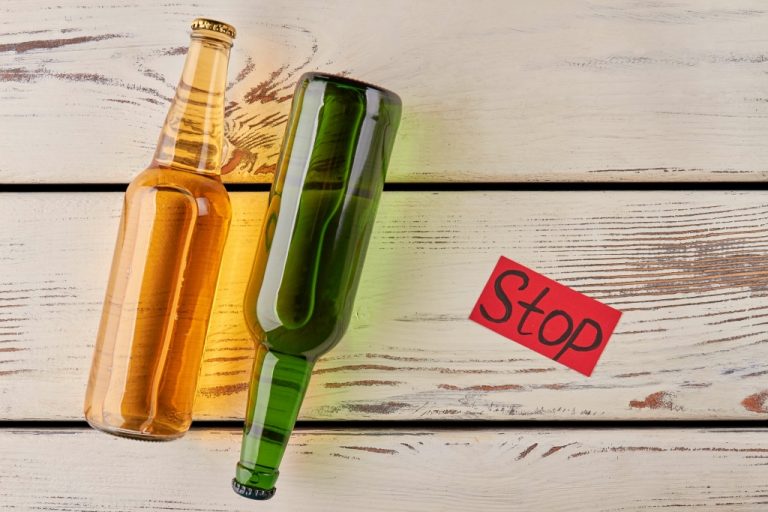Surveillance Report #120 National Institute on Alcohol Abuse and Alcoholism NIAAA
Children of alcoholics are four times more likely to become alcoholics themselves. They are more likely to experience neglect or abuse in the home, and to develop emotional problems. They may struggle with anxiety, depression, stress, low self-esteem, https://ecosoberhouse.com/ and academic difficulties. Among people aged 12 or older, 5.3 percent (14.5 million people) had an alcohol use disorder in 2019. Of these 14.5 million people, only 7.6 percent (or 1.1 million people) received treatment for their alcohol use.
Whilst the World Health Organization (WHO) and most national guidelines typically quantify one unit of alcohol as equal to 10 grams of pure alcohol, the metric used as a ‘standard measure’ can vary across countries. The total estimated number of deaths by country from 1990 to 2019 is found here. Here, we see particularly high levels of alcohol abstinence across North Africa and the Middle East. In most countries in this region, the majority of adults have never drunk alcohol. This pattern of drinking is often termed ‘binging,’ where individuals consume large amounts of alcohol within a single session versus small quantities more frequently.
Ohio Alcohol Abuse Statistics
Young adults are now more likely to smoke marijuana or electronic cigarettes than tobacco cigarettes. Adults who attend their church or other place of worship weekly (50%) are less likely than less-frequent attenders (63%) and nonadherents (69%) to say they drink. Relatedly, drinking also differs by education, with college graduates (76%) and postgraduates (75%) the most likely to report they drink.

Alcohol use is a known risk factor for mortality, and the rates of alcohol-induced deaths have risen over the past several years (1). Alcohol use in the United States increased during the first year of the Coronavirus Disease 2019 (COVID-19) pandemic, which may have affected mortality rates, especially for alcohol-induced deaths (2). Understanding trends in alcohol-induced mortality, with a particular focus on differences from 2019 to 2020, may help identify groups particularly affected during the COVID-19 pandemic. This report presents overall and sex-specific trends in alcohol-induced death rates from 2000 to 2020, and then focuses on the rates for 2019 and 2020 by sex, age group, and underlying cause of death. Alcohol abuse has a direct negative impact on both physical and mental health, and is linked to accidents, violent crime, massive expenses, preventable deaths, and millions of years of potential life lost. There’s also the more personal impact of alcohol addiction on families, friendships, romantic relationships, and childhoods.
The percentage of adults who engaged in heavy drinking in the past year varied by age, Hispanic origin, and race.
Some of these include drugs that were once common prescriptions, such as Laudanaum. For more information, see our report on alcohol abuse and alcohol-related deaths. Discover how many people with alcohol use disorder in the United States receive treatment across age groups and demographics. Learn how many people stats on alcoholism ages 12 to 20 engage in underage alcohol misuse in the United States and the impact it has. South Dakota has an elevated rate of alcohol-related deaths per capita and a high rate of under-21 deaths. North Carolina has a low rate of alcohol-related deaths per capita and a low rate of under-21 deaths.
In 2017, the cost of drug abuse in the US was nearly $272 billion, taking into account crime, healthcare needs, lost work productivity and other impacts on society. Drug abuse and misuse of prescription drugs is generally more prevalent in males than in females. Statistics indicate that some demographics and communities face elevated risks of drug abuse and drug disorders. Non-sanctioned/non-medical/non-prescribed use of these controlled substances is considered drug abuse.
